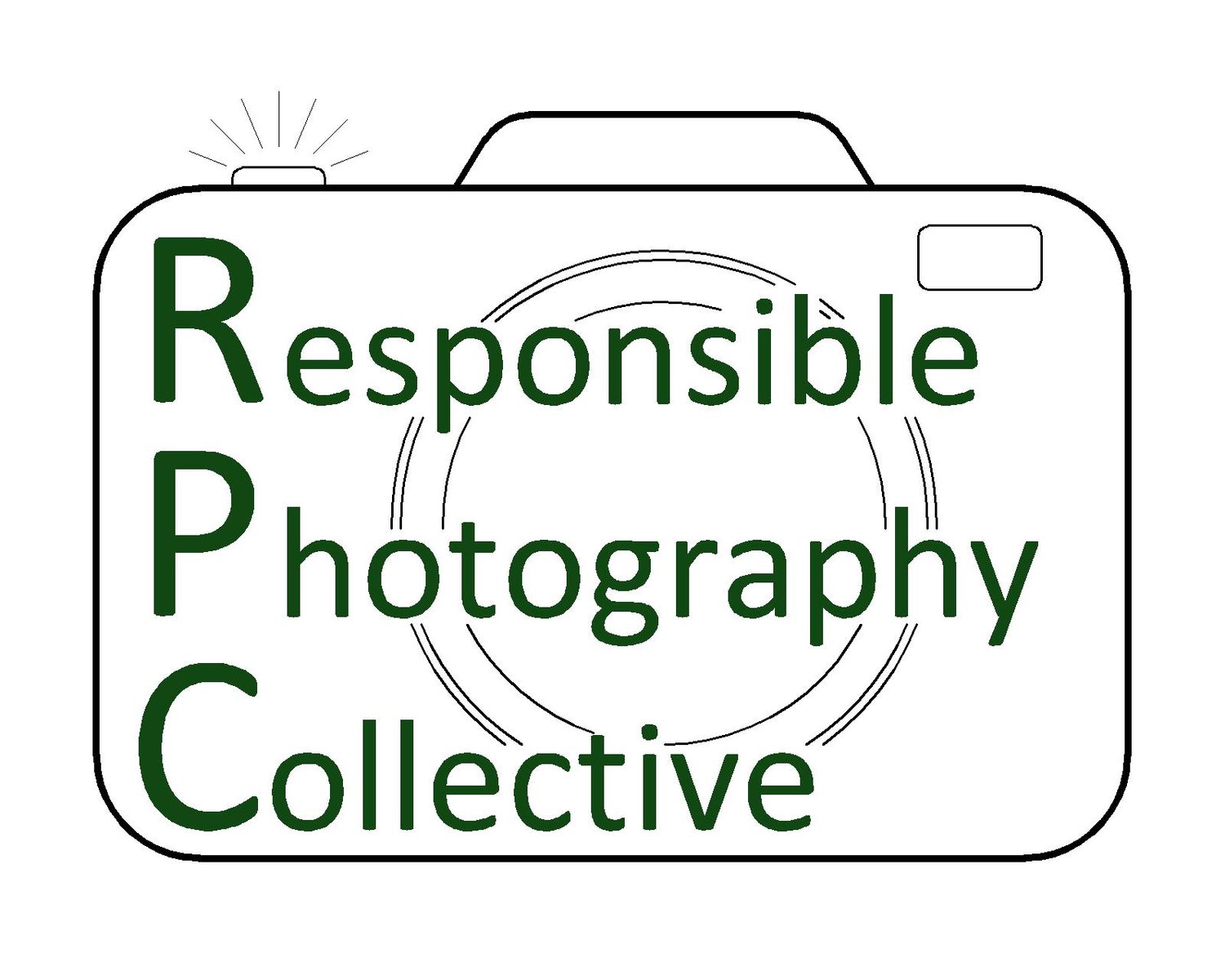Tips for Responsible Visual Storytelling Through Photography
March 31, 2024 Written by Lori A Cash
Visual storytelling is the process of telling stories through our images to our viewers. Whether the story is about news related events, street photography, investigative journalism, nature photography, outdoor photography, travel photography, sports photography or any other genre of photography, it is important that we continue to adhere to responsible photography practices while sharing our storytelling in our pictures.
Responsible and ethical issues arise when our images are manipulated in ways that trick the viewers into believing that they are viewing something as true which is not real. It is important that we photographers use our images and our photographic stories in a responsible way.
Kayakers enjoying paddling as the sun goes down at Yellowstone Lake in Wyoming.
Below I will share 5 tips for responsible visual storytelling practices.
1. Portraying our subjects in an honest, respectful and truthful way. As photographers, we should avoid portraying an individual, wildlife, or any group in ways that are disrespectful, disgracing, humiliating, or non-truthful. This means we should be careful to represent people, wildlife, nature and situations accurately while paying attention to a person’s personal privacy, reputation, and to wildlife’s personal space. When working with humans, wildlife or nature, we visual storytellers should create an environment of respect and appreciation.
2. Photographing our subjects in legal and responsible methods. During interviews of individuals or organizations, using a consent form is essential to make sure your story contributor gives proper permission. In some situations of visual storytelling permits might be required. Therefore, we photographers should have all proper consents and permits needed to collaborate with the story contributor whether that is a human being, a site, or wildlife. Also, when using a consent form with an individual or organization, storytellers should ensure they ask for permission to capture or record the person or the subject. Photographers should also inform story contributors and ensure they understand that they can refuse or revoke their consent at any time. Sharing and documenting your story contributor’s experience will often show much vulnerability. As responsible visual storytellers, we should not manipulate or coerce our subject’s story in ways that benefit the storyteller’s method. When sharing visual stories, it is imperative that we know when we need informed consent to photograph our subject.
3. Selecting images that show and demonstrate our subject’s strength and dignity. Select photos that communicate your audiences’ interests. Use your artistic exploration to promote your contributor’s narrative in a dignified and honorable visual story.
4. Processing our images so that they stay true to the subject’s story. As photographers we should consider how we crop or frame the image and what enhancements we may make to our image especially as journalists and new related photographer. Don’t slant the perspective and keep it true to the subject, situation or moment.
5. Presenting our images in ways that create a lasting positive impression to our viewers. By responsibly and ethically presenting your message, you can create an impression on your followers. In sharing your visual story, include human connection where possible. This will help make a connection to your viewers. Finding ways to relate with your audience and creating an emotional engagement are key components of creating a good visual story.
Father and son walking along a wooden walking on a summer morning at a local park in Virginia.
The visuals we choose to use to relay our story should be powerful and moving. More importantly, how we present this content visually can convey the same impact as words. We should be mindful and have a sense of responsibility as we approach our work.
By following these tips, we as photographers, no matter what our genre is, can enhance our adherence to responsible photography. As visual storytellers, we should be aware of the responsible methods of capturing and portraying our subjects. It is always good to strive to present our images in a positive and respectful and responsible way.


